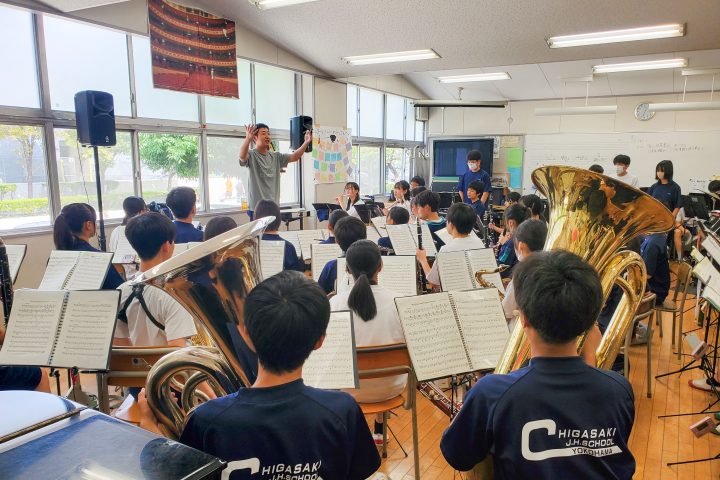A Message from the Sankeien Garden Moon Viewing Party in Yokohama - Enjoying Music Beyond Genres

As someone who was born and raised in Yokohama, there are certain spots that have been familiar to me since I was a child and that I have had a special attachment to. Yamashita Park, Marine Tower, Minato Mirai Park, Nogeyama Zoo, the elegant Western-style buildings in Yamate, the beautiful Japanese garden of Sankeien, the majestic temples and shrines of Kamakura, and the coast. As a child, these were tourist spots that my parents would take me to play and visit on school trips, but since I started working in the music industry, I have often had the opportunity to perform at the Western-style buildings in Yamate, the British Building, Berrick Hall, Ehrisman House, Bluff No. 18, and Sankeien.
Yokohama has changed a lot since I was a child. I remember in a social studies class in elementary school, our teacher pointed to Tokyo Bay near Sakuragicho and said, "In the 21st century, a city will be built on this sea." At the time, I thought, "On the sea?!" But it really is a big, beautiful city on the sea. I think we should carefully preserve the new city, the old streets and buildings, and the precious cultural assets.
Currently, I mainly perform with Shanti Dragon (Takashi Kongo, saxophone/Akemi Hayashi, piano, composition, arrangement) and the unit Shanti Dragon 3, which includes Christopher Satoshi Gibson on cello. Shanti Dragon's repertoire is diverse, including classical, pop, children's songs, folk songs, film soundtracks, popular songs, and original songs, and we perform these songs with original arrangements.
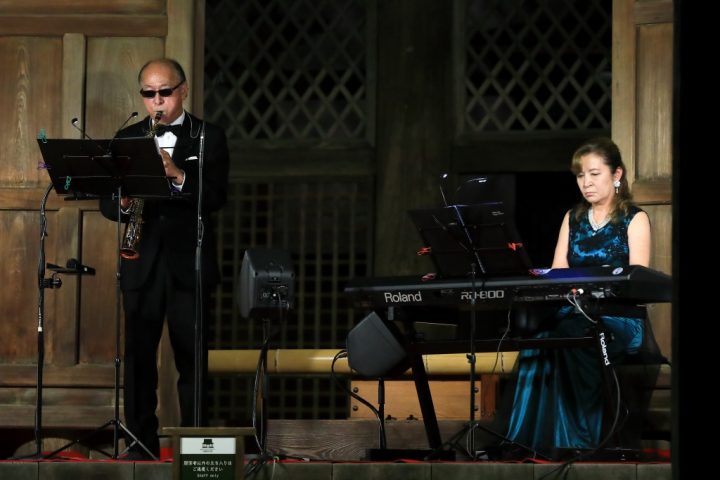
Since I was a child, I have been taking piano lessons at my relatives' house in Kamakura. I studied under my relatives, Professor Matsutani Masaru (1910-1995) and Professor Matsutani Midori (1943-1994), and was exposed to a variety of music, including classical music. I am grateful to these two teachers for allowing me to enjoy and play music of any genre. Professor Masaru graduated from Tokyo Music School, but after the war he led a jazz big band and was a pianist who could play a wide range of genres, from classical to jazz. He also taught vocals, and after moving to the United States, he produced many famous jazz vocalists, including Academy Award-winning Nancy Umeki, Ayako Hosokawa, Takako Ueno, Teruhisa Togo, Shigeo Maruyama, and Mizue Yamazaki, as well as the Japanese pop scene, including Candies and Hiromi Ota. One day during a piano lesson, I was handed a sheet of music and told, "Today, we will practice solfege (basic training in Western music learning that focuses on reading music)." I remember sight-singing the score for the first time, trying not to make any mistakes. It was a new song by Hiromi Ota, and I found out later that the song was being played on a TV music program (lol). It was a fun lesson that was not just about technique.
Midori-sensei is a classical pianist who graduated from Tokyo University of the Arts in Berlin, but after returning from Germany, she also devoted herself to performing contemporary music. Among her many recordings, the LP "Rhapsody in Blue/Matsutani Midori Plays Gershwin" (released on CD in 1997), released in the 1980s, is one of my favorite albums. It is a performance that beautifully expresses the wonderful world of Gershwin, which combines the atmosphere of classical and jazz.
This autumn, the moon-viewing event will be held at Sankeien Garden again.
Sankeien is a charming Japanese garden, with beautiful flowers of every season, and quaint old architecture, some of which are designated as important cultural properties by the nation and tangible cultural properties by the city of Yokohama. The trees, flowers, buildings, and spaces in the garden are filled with an aura of good energy, and every time you visit you will feel soothed and happy. There is also a wonderful harmony between nature and the buildings, and the beauty of the harvest moon peeking out over the three-story pagoda from Rinshunkaku, where nature and man-made buildings stand side by side, is beyond words.

This year's Sankeien Moon Viewing Party will be held from September 18th to 23rd. Every year, the party is attended by a wide range of age groups, from children to the elderly. For everyone's enjoyment, we will be playing moon-related songs, nursery rhymes, film music, anime songs, J-pop, Showa era pop songs, and even Hiromi Ota's "Cotton Handkerchief." This year's party will feature Shanti Dragon, whose performance will begin at 6:20pm on the 21st (Tue). Please come along and enjoy this collaboration of the Japanese garden, the moon, and music.
【profile】
Shanti Dragon Trio
Shanti means "inner peace" in Sanskrit. The dragon is not the dragon as it is perceived in the West, but a dragon that symbolizes auspicious power in Asia and is the god of water.
Shantey Dragon was originally a duo consisting of pianist Akemi Hayashi and saxophonist Toku Kongo, but when cellist Christopher Satoshi Gibson, who was also Hayashi's piano and solfeggio student, joined, the group was called Shantey Dragon 3.
The trio began with the Yokohama Museum of Art Hall concert at Yokohama Art Live 2003, and the recording of the CD "Yume Futa Ya" composed by Akemi Hayashi in the same year. In addition, they have been actively involved in volunteer performances at facilities for the disabled.
Christopher Gibson left Japan to attend a university in the United States, putting the trio on hold for a while, but after returning to Japan and working in various scenes, he rejoined Shantae Dragon in 2019. They resumed activities as Shantae Dragon 3.
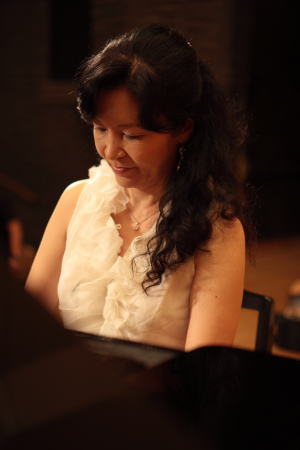
Pianist, composer and arranger. Born and living in Yokohama.
From an early age, she started playing the piano and electronic organ, and studied piano under her relatives, Jo Matsutani and Midori Matsutani. Under their guidance, she was exposed to a wide range of music, from classical to contemporary music, pop, and jazz, and began performing while still a student at a music college.
After graduating from a music college, he worked at the Yokohama Contemporary Music Academy and other institutions, as a music school instructor, and as a solfeggio instructor for the Yokohama Municipal High School Brass Band, before establishing Maple Piano School (Isogo-ku, Yokohama). Utilizing his career as a piano instructor and experience as a player, he strives to teach the next generation of piano players, from children to adults.
They perform at concerts sponsored by Yokohama City, Yamate Western-style Halls (British Hall, Berrick Hall, Bluff No. 18), Sankeien Garden "Moon Viewing Concert," Yokohama Jazz Promenade, and other venues and live music venues in Yokohama and Tokyo. They often perform original songs, and have released over 100 original songs, including those included on CDs. They have released five CDs to date.
Volunteer performances are also actively participated in.
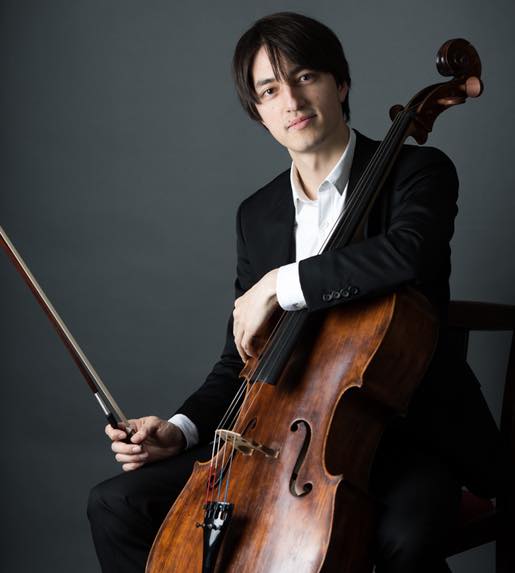
Born in Michigan, USA. Started playing the cello at age 4. Participated in summer programs at Tanglewood, Indiana University, and Interlochen while in high school. After graduating from Yokohama International School, entered Yale University in 2005, double majoring in philosophy and political science.
While studying at Yale, she passed an audition with cellist Aldo Parisot and studied cello under Ole Akahoshi, who was Pierre Fournier's youngest student and Janos Starker's assistant for many years, at the Yale School of Music. She also studied chamber music under Wendy Sharp at the same school. In 2009, she won a prize at the university's FOM competition. In the winter of 2012, when she won a prize at the International Association of Performers' Newcomers Audition, she received praise from violinist Shigemichi Kawabata, one of the judges, for her "performance that allows you to enter the world of the music."
In 2017, under the auspices of the NPO Emotion in Motion, she held the “BACH Solo” unaccompanied cello recital series at the Minato Mirai Small Hall, Tiara Koto, Tokorozawa Muse, and Suntory Hall “Blue Rose”. She has performed with violinist Ikuko Kawai on TV Tokyo’s “100 Years of Music” program recordings and concerts, as well as at BLUE NOTE TOKYO (2020), Cerulean Tower Noh Theater (2019), and Mitsukoshi Theater (2018). She is active mainly in Tokyo, Kamakura, Nagano, and other areas.
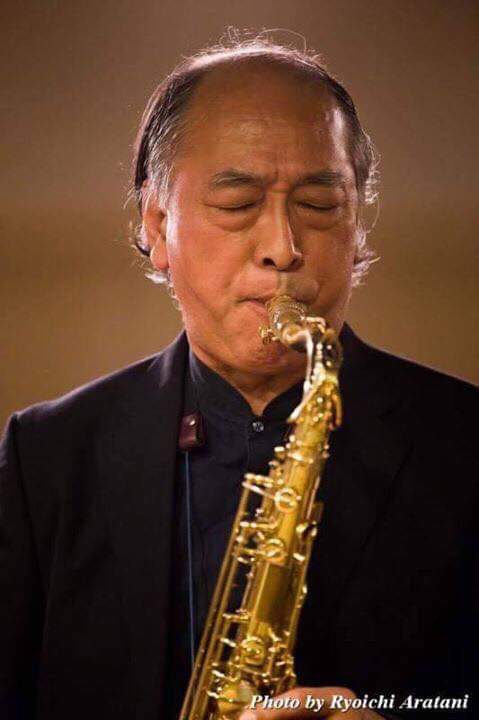
He started playing the saxophone at the age of 12, and studied under Hisatoshi Muta (President of the Japan Band Directors Association, former head of the Tokyo Metropolitan Police Department Band) and Makoto Suda (Professor at Musashino Academia Musicae). He joined Yanagisawa Wind Instruments Co., Ltd., one of the three largest saxophone manufacturers in the world.
After working in instrument manufacturing, research, instruction and management, he went independent. In 1995, he established Congo Saxophone Studio and began offering saxophone repair, lessons and performance services. In 1997, his CD /OUR TRIBAL MUSIC won him the Jazz Life magazine Best New Artist Award. He was appointed by the Yokohama City Board of Education and served as a lecturer at Yokohama Minato Commercial High School for four years. In addition to concerts and recordings at the Yokohama Museum of Art Hall, Minato Mirai Hall, Kanagawa Prefectural Music Hall, Sankeien Garden, Yamate Seiyokan, and other venues, he also actively volunteers at Yokohama City University Hospital, as well as facilities for the disabled and welfare facilities in Tokyo, Kanagawa, Kyushu and Hokuriku.
He has performed with top Japanese musicians, musicians from the UK, Italy, Switzerland and France, calligrapher Suisen Nakatani, dancer Kazuo Ohno, actor Stiart Burnham Atkin, reciter Akira Kodama, Important Intangible Cultural Property Holder Bokusei Mochizuki, and many others, often across genres. He also teaches a citizen saxophone ensemble that plays mainly Bach chorales.
Several CDs and DVDs have been released so far.


